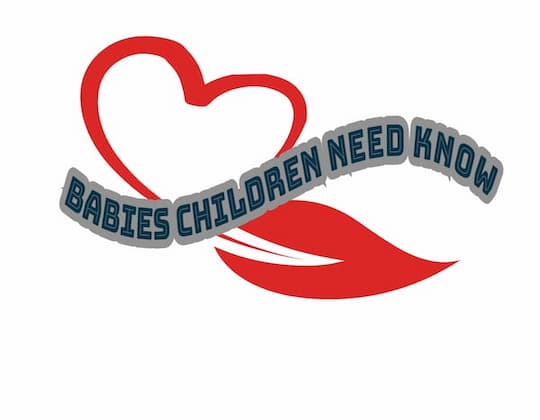My baby's first step
For babies, getting their first step can be one of the most exciting things in the world, and also one of the most terrifying!
Whether they are just taking their first steps or are well on their way to walking, it’s important to keep your baby safe when they are attempting to learn this new skill.
Here is our expert take on babies’ first steps and how you can help keep them safe while they learn this critical milestone.
Helping babies walk
In many ways, it’s a rite of passage for babies to learn how to walk.
If you have a toddler, or if you’re expecting one, here are some tips on helping your child (or children) get up and go.
First, make sure your little one is ready.
Babies often begin walking as early as 12 months; however, not all children take those first steps until closer to 18 months—and that’s perfectly normal.
Before they start walking independently, babies usually start with what experts call cruising—using furniture or other objects as assistance in moving around.
They may also hold onto a parent’s hand while standing and take their very first wobbly steps before setting off without any help at all!
Non-medicinal techniques to encourage walking
Walking is one of those milestones that seem to take forever, so it’s only natural for parents to want to encourage their children as soon as possible. But if you’re looking for non-medicinal ways to encourage walking, we have some tips
1) Set up a toddler-safe obstacle course in your backyard or living room.
2) Try setting up an agility course made from items around your house like boxes, chairs, and doormats.
3) Be patient with yourself—and remember how hard learning to walk was for you!
4) Consider taking him or her on walks more often, especially if there are inclines (slopes on a sidewalk or road).
5) Encourage him or her by singing songs about walking and watching kids who can already walk and can go downstairs without help.
Medication techniques to encourage walking
Because many infants who have CP have weak leg muscles, walking is often delayed or never achieved. To help your child take those first steps, consider enrolling in a physical therapy program that uses strengthening techniques and low-impact balance activities.
Medication may also be prescribed by physicians to help reduce spasticity and facilitate better muscle tone. Antispasmodic medications come in several forms, including oral tablets, topical gels, and injections into specific muscle groups.
Depending on what type of medication your doctor prescribes for your child, side effects are possible but manageable.
Also, keep in mind that specific medications may only be administered under a physician’s supervision because they can cause complications when combined with other medications or if used incorrectly.
Consult with your doctor to determine which medication is right for your family situation before beginning treatment plans at home.
Also, talk to them about appropriate timing between doses so as not to prolong their effectiveness; it is important not to exceed guidelines when giving drugs even when symptoms seem worse than usual since it could mean serious harm or adverse side effects in rare instances if given too frequently.
Remember, it takes time
How do you know if your baby’s development is on schedule?
One of your biggest goals as a parent is to ensure that your little one grows and develops at an appropriate pace,
but how do you gauge whether his milestones are within range?
It might not be easy, but there are some basic guidelines you can follow to track his progress.
The first steps happen later than we think: While babies tend to crawl before they walk, don't fret if he doesn't start scooting until around his first birthday. Until then, he'll likely practice lifting up each leg in turn—known as stepping or scooting—while holding onto something sturdy like furniture or Mom and Dad’s hands.
When it happens: All children develop at their own pace, but most babies who have started walking by age 18 months will continue walking steadily throughout their second year (although they may choose to stop just before they reach their second birthday).
Babies typically begin by placing one foot slightly in front of another while grasping whatever toy or person they're leaning against with both hands. The grab helps them maintain balance when it's time for another step!



Comments
Post a Comment